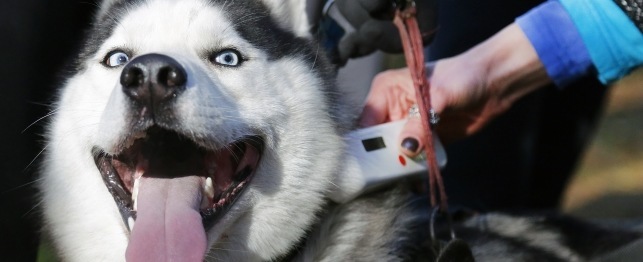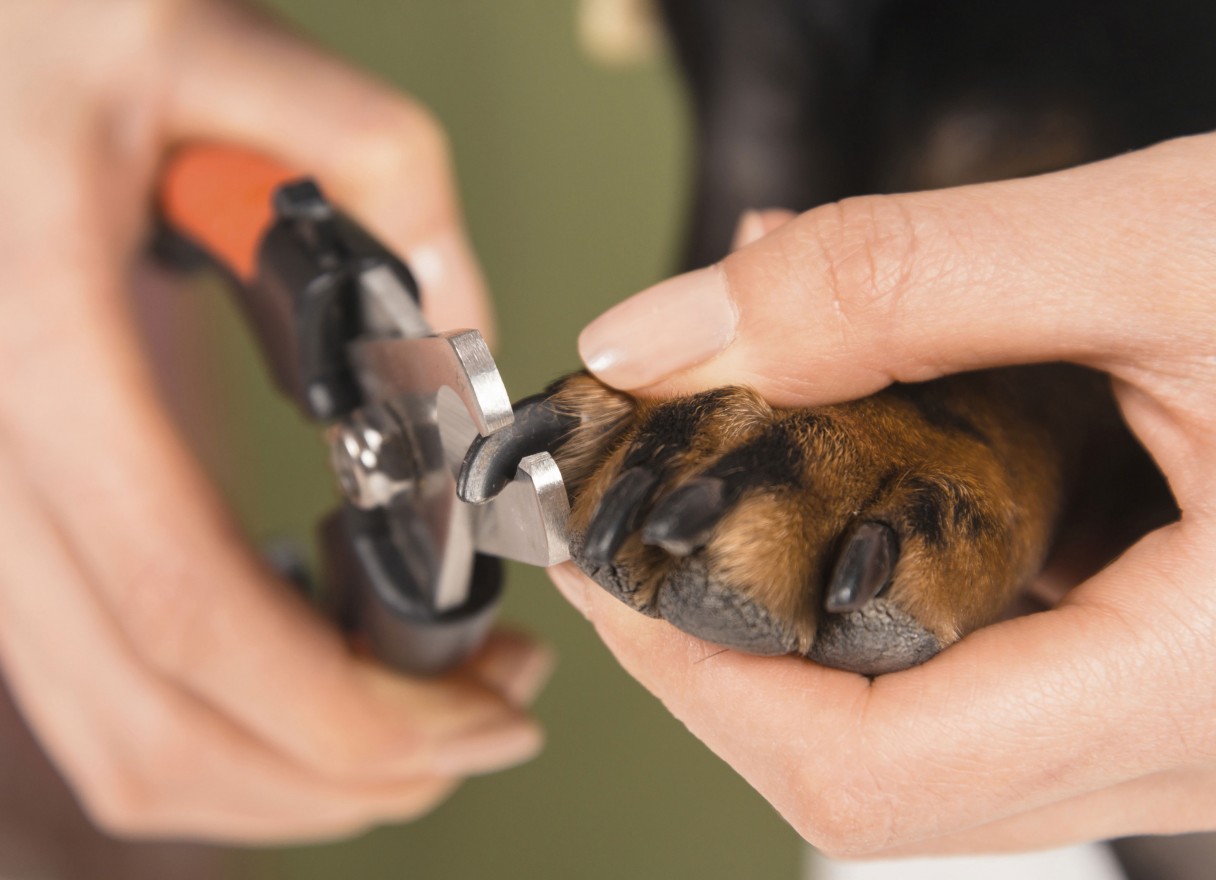Over the years of dog breeding, certain diseases have become associated with certain breeds of dog. Dalmatians are associated with deafness, certain terriers are more likely to develop allergies. Breeders attempt to remove these traits by not breeding animals that have developed these conditions, but unfortunately, the conditions often skip generations.
Hip dysplasia is a genetic condition that affects some dogs worse than others. Before we can discuss the nature of the disease, it would be useful to take a look at the joint in question. The hip joint comprise of two parts, namely the "ball" and "socket" joint. The name is fairly self explanatory: the first bone of the leg has a ball shape on the top, which fits into a socket, or cup shaped bone mass, attached to the pelvis. When the legs are moving, the little ball rotates around the socket and offers a wide range of movement in most directions.
A dog with hip dysplasia has poorly formed joints on the hip. The "socket" portion of the joint should be rounded, however in this instance, it is flattened, and the "ball" end is unable to fit into the joint properly. The result is that such a dog has a weakened joint and its legs may splay out as the ball of the joint searches for somewhere it can rotate.
It is very common for dog owners to wonder why this slight deformity is such a big issue. How might it actually affect a dog? This condition starts to develop in puppies from a young age and some puppies have reported to be suffering from pain since puppyhood. This is quite unusual, as hip dysplasia conditions are commonly diagnosed in the later stages of a dog's life, unless a radiograph is taken.
When a dog walks or runs, it puts pressure on the malformed joint, therefore the dog's body will try to compensate the pressure by building bone tissue in the joint. A dog will develop arthritis over the years of walking on the joint. This will be painful and he will experience difficulty getting up and running as he ages.
If your dog breed is more genetically prone to having hip dysplasia, your veterinarian can perform some quick simple tests. Your dog may be asked to walk around briefly to see if his gait swivels slightly. The veterinarian may also extend your dog's leg backwards, looking for signs that this may be painful. Another test would require your dog to lay on his back. The veterinarian will gently pull your dog's paw away from the body and, with a hand on the hip, will feel and listen for a "pop" as the ball of the joint slips back in to the socket.
If the veterinarian suspected the condition to be hip dysplasia, he will recommend for radiographs to be taken to confirm if the joint is malformed. Your veterinarian will discuss with you several options for treatment. There are a number of surgery options available depending on the size and weight of your dog breed. Examples of options range from removing the whole ball joint and allowing the body to form a "false joint" to a major hip replacement surgery. Non surgical treatment simply seeks to manage and reduce the pain experience by your dog. Non steroidal anti-inflammatory medications and other nutritional regimens and supplements may be prescribed.

 What To Do if You Find a Lost Dog
What To Do if You Find a Lost Dog
What To Do if You Find a Lost Dog
What To Do if You Find a Lost Dog
 Puppy Care Recommendations
Puppy Care Recommendations
Puppy Care Recommendations
Puppy Care Recommendations
 Top 10 Coconut Oil Uses for Dogs
Top 10 Coconut Oil Uses for Dogs
Top 10 Coconut Oil Uses for Dogs
Top 10 Coconut Oil Uses for Dogs
 A Bonding Opportunity: Groom Your Dog
A Bonding Opportunity: Grooming You
A Bonding Opportunity: Groom Your Dog
A Bonding Opportunity: Grooming You
 Dog Grooming Supplies for Easy Maintenance
Grooming doesn’t have to be a
Dog Grooming Supplies for Easy Maintenance
Grooming doesn’t have to be a